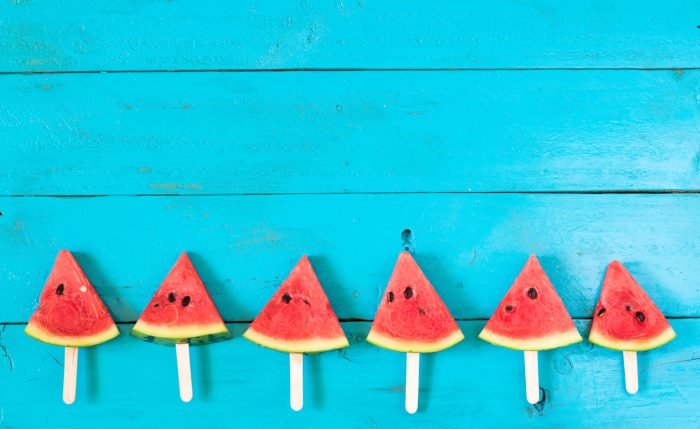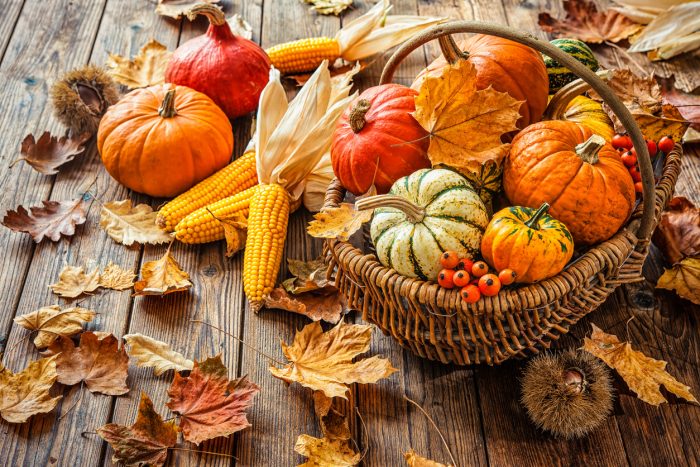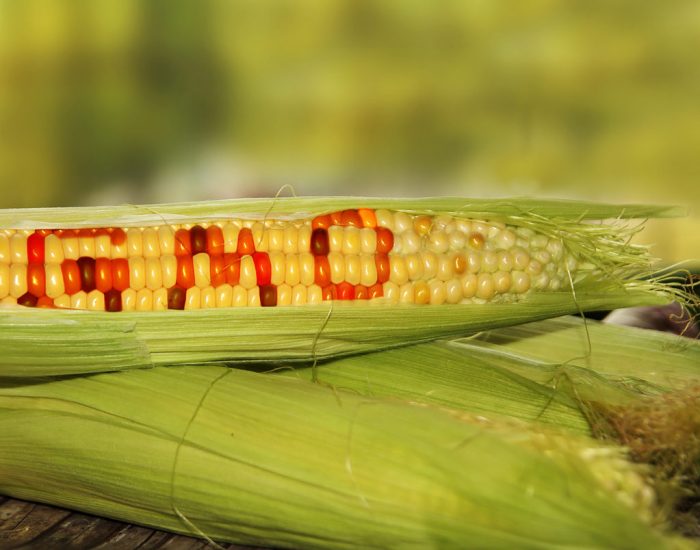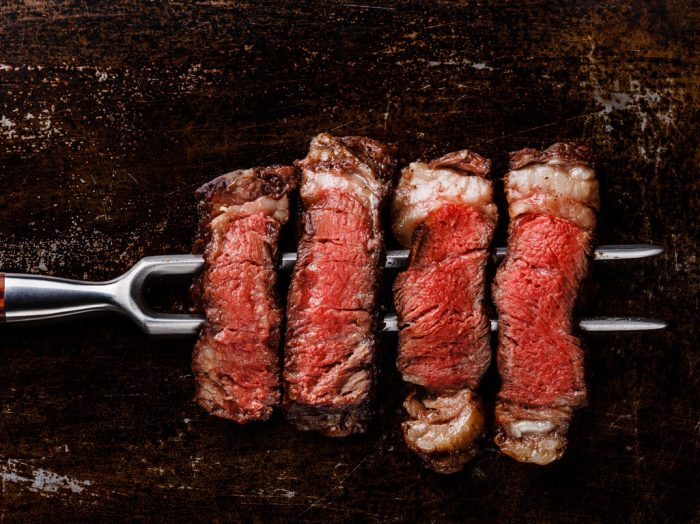GMO (Genetically Modified Organism) sounds like bad news today, a controversial topic for anyone. But did you know that a lot of the things you eat today are genetically engineered foods, present in our diets for centuries, even millennia?
Most of our crops have already been modified thousands of years ago. Whatever you pick up in the fresh food aisle at the supermarket is probably one of the genetically engineered foods that have been around for a long time. That pack of salty almonds! Or the juicy watermelon you enjoy in the summer. These products are vastly different from what you can find in the wild, from the plants mankind tampered with a long time ago.
8 genetically engineered foods you’re probably eating
1. Almonds
These have been domesticated from multiple species of wild almonds which were more bitter and full of deadly amounts of cyanide. Our ancestors selected and interbred the sweetest types of almonds until they became edible. In the past, it was enough for someone to eat 12 almonds and that person would die. Now, it’s one of the healthiest nuts around!
2. Watermelon
It’s enough for you to see some centuries-old paintings of watermelon and figure out that the red-pulped very watery fruit we love today used to be completely different. The modern watermelon is one of the most modified fruits. Sub-Saharan Africans first came up with a domesticated variety, which was bigger in size and had modified colors. The original watermelons weighed about 3 ounces (80 grams). They were mostly green on the inside and they consisted mostly of seeds.

3. Cruciferous veggies
Broccoli, cauliflower, cabbage, Brussels sprouts, and kale do not exist in the wild. They are a result of human cultivation. Their origin? Brassica oleracea, the mustard plant, or wild cabbage. So picture this: if people had not selectively cultivated wild cabbage, these incredible cruciferous veggies, with plenty of health benefits, would have been missing from your diet. And your local supermarket!
4. Bananas
Humans have been working on the perfect bananas for 6,500 years! The ones you find in the wild are much smaller, filled with seeds and with a much tougher flesh. But we managed to make them edible: no more seeds, softer interior and also a nice shape you can easily grip and remove the peels!
5. Corn
This lovely cereal comes from a wild grass known as Zea. It has been modified by Meso-American populations for over 10,000 years. The main modification to corn was the suppressed branching of stalks. Which means that in the distant past corn had multiple, but smaller ears. As opposed to now when every stalk has one ear, but it’s huge and has long rows of kernels.
6. Pumpkins and other gourds
Pumpkins, squash, and all the other gourds come from ancient very small plants. People domesticated them in the Americas about 7,000 years ago. But 14,000 years ago, humans used them mostly as storage, because they were very bitter in taste.

7. Avocado
Wild avocados had much harder shells and were way smaller than the ones we know today, with a 2-3-inch diameter. Their interior was not as creamy as it is today, and the pit almost took up all the space inside the fruit.
8. Wheat
It’s one of the first crops used by man and it aided, in fact, to the birth of human civilization. Wheat appeared when humans transitioned from the nomadic hunter way of life to agricultural societies. The first human settlements were built around the fertile land where wheat could be grown. Before prehistoric artificial selection, wheat had pods which contained the edible parts of the plants. These pods were shattered and the seeds could spread on the ground thanks to the wind. After this trait was eliminated, the first farmers could harvest the plant with all its seeds.






